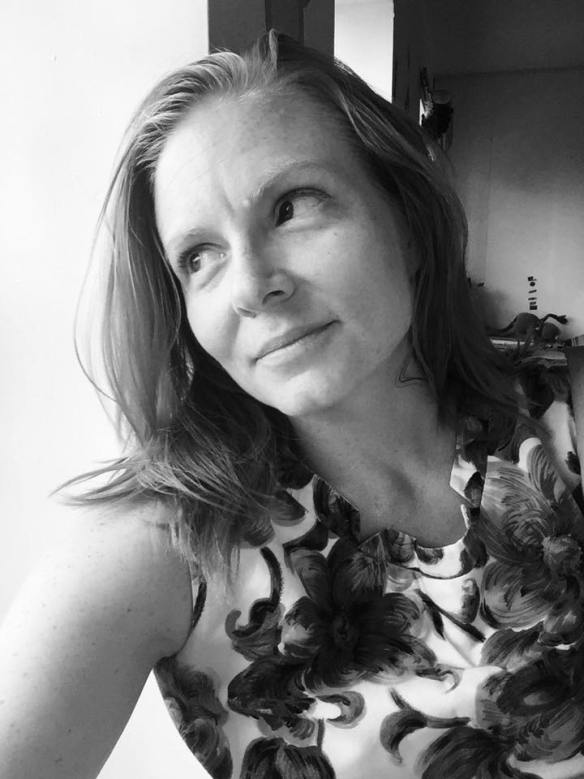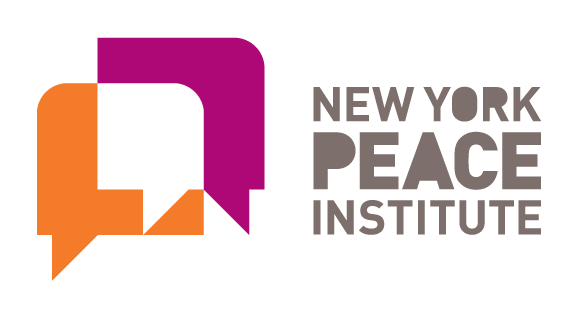Mediation Success through the Eyes of a Mediator

by Elizabeth Larsen
The first case I solo mediated at New York Peace Institute was a Small Claims Court diversion case involving two iconic West Village institutions. It was a riotous success with colorful characters and a heck of a lot of fun to mediate. Though mediation is confidential and we don’t reveal information about our cases without the consent of the parties, these particular clients described themselves as the perfect parties for mediation and asked that we profile their experience with us.
The dispute was between West View News (WVN) and the Stonewall Veterans Association (SVA). The newspaper was represented by their lawyer and the association by a leading member of their organization. They had a lawsuit pending but decided to try mediation before their court date. Since the two parties had a pre-existing relationship, they started engaging with each other even before the conclusion of my opening statement.
My best work came in getting out of the parties’ way as quickly as possible as they hurtled toward a quick agreement about the court matter. WVN suggested a payment plan that was accepted by SVA, which ultimately made its way into a written stipulation (later filed in court by New York Peace Institute staff). Then the fun began, as the parties spent the majority of their time together restoring their working relationship, confirming their desire to collaborate on LGBTQ rights/issues moving forward, and reveling in their shared past, political interests, and local allegiances.
One sweet moment stands out for me. The attorney in the room had brought his intern with him to possibly observe the mediation, to which the SVA representative consented. At one point, after the SVA representative clarified the cause of past miscommunications between the parties—including those attributed to a misguided third-party intermediary—I seized the moment to offer a reflection that moved us quickly toward resolution of the court case. At the conclusion of my reflection, the WVN lawyer turned to his intern and whispered loudly, for all of us to hear, “See! That’s why mediation is different from an adversarial litigation. You can NOT impute bad motives. You see! No bad motives here.” There was belief in his voice as he shared this observation. And I was pleased to receive real-time client feedback that reaffirmed my own faith in the process.
Upon packing up to leave, the parties completed surveys and noted that if it weren’t for New York Peace Institute, such a constructive conversation wouldn’t have been possible. “A lot of the dispute turned out to be a series of misunderstandings,” said SVA President Williamson Henderson. “All it took was a couple of probing questions from you to clear that up. We both realized we misunderstood each other. It came up quickly.”
The lawyer for West View News, Joseph Turco, agreed. “It was much better and much nicer than what we anticipated,” he said. “The session was very productive, we came to a nice agreement and you were very accommodating of both sides speaking.”
So why was this case a success? We offered the parties an inviting space on a Friday afternoon in which to rebuild a longstanding relationship through the facilitation of a multi-partial mediator. And as the matter was settled amicably entirely inside the walls of New York Peace Institute, these two parties do not have to return to Small Claims Court. I felt honored to have been deployed by New York Peace Institute that day to provide the tools of mediation that allowed for this structured and supported resolution.
I volunteer at New York Peace Institute because I love mediating—including the anticipation of the unexpected—and helping people resolve their conflicts. I’m nonjudgmental, curious, and empathetic by nature and mediation provides a framework for me to employ these aspects of my personality with measure and clarity. I am ever inspired by New York Peace Institute staff, mentors, and my fellow mediators and the culture of kindness that pervades the organization. And, finally, as a working mom, I appreciate the ongoing opportunities to develop my dispute resolution skills and hone my personal style. With every case, including this one, I renew my devout belief in the model of mediation as a transformative experience for parties in conflict.
Elizabeth Larsen is a mediator, attorney, and an executive at New York University’s Wagner Graduate School of Public Service.

